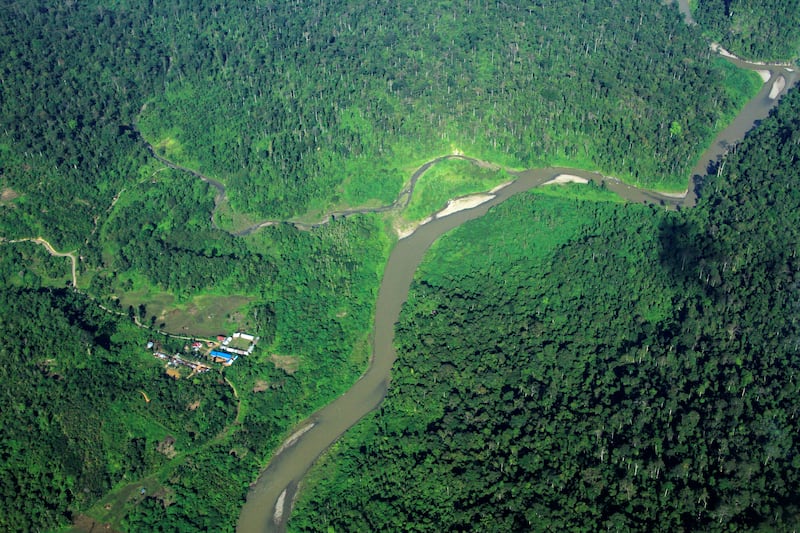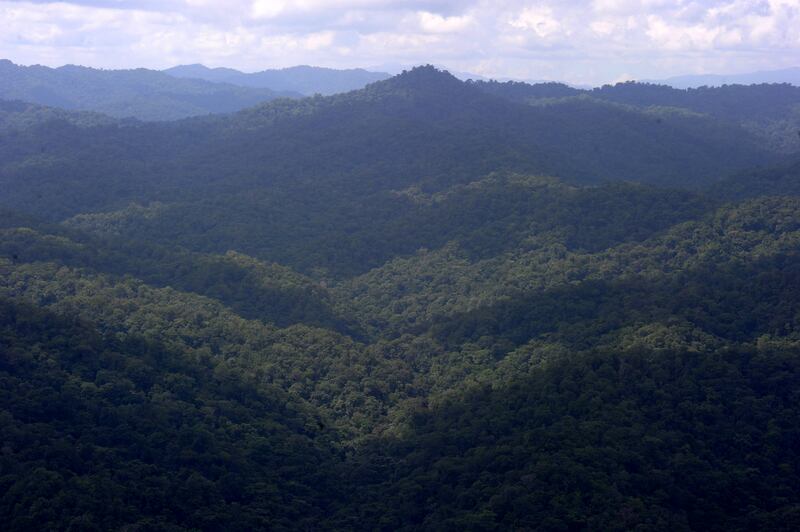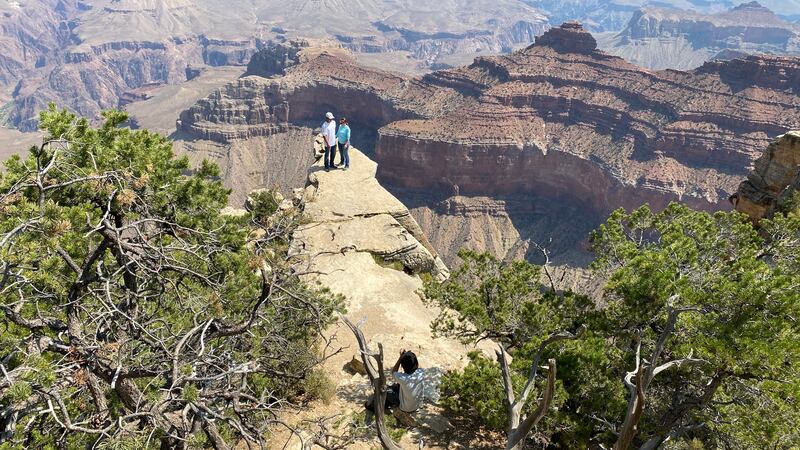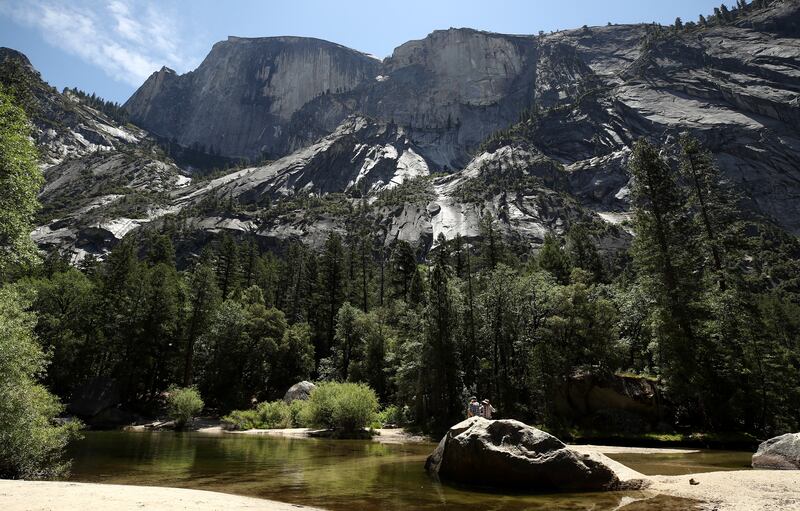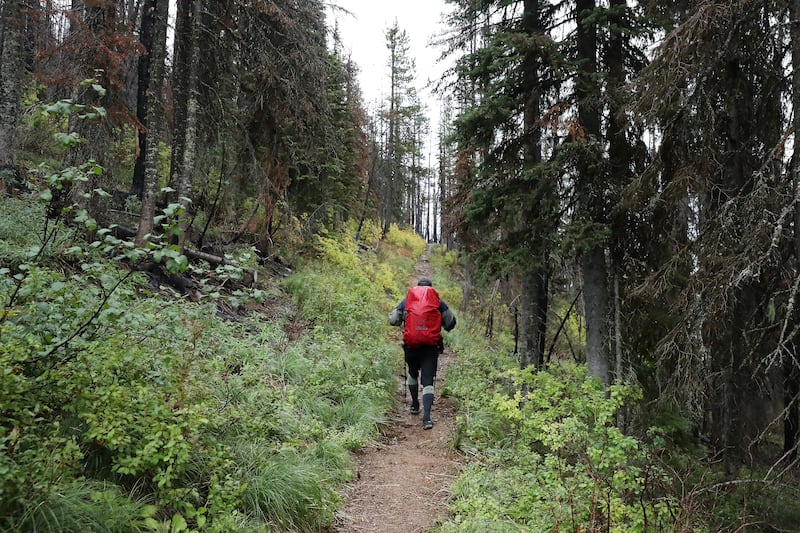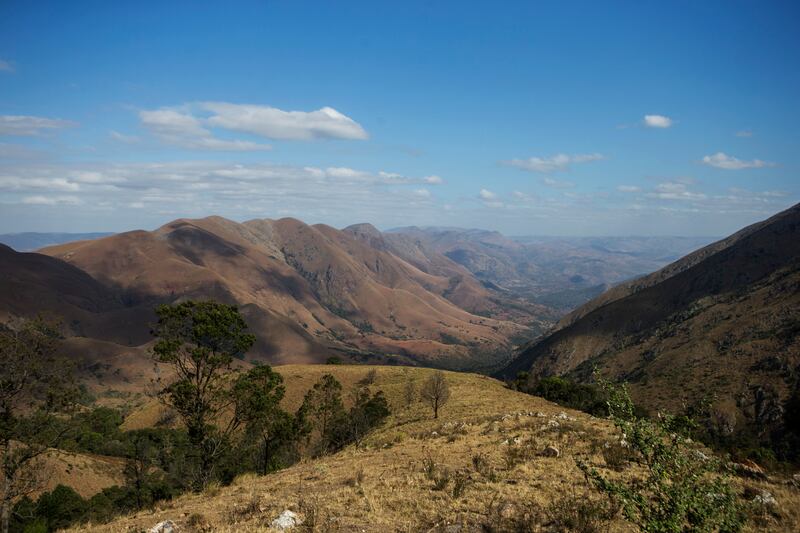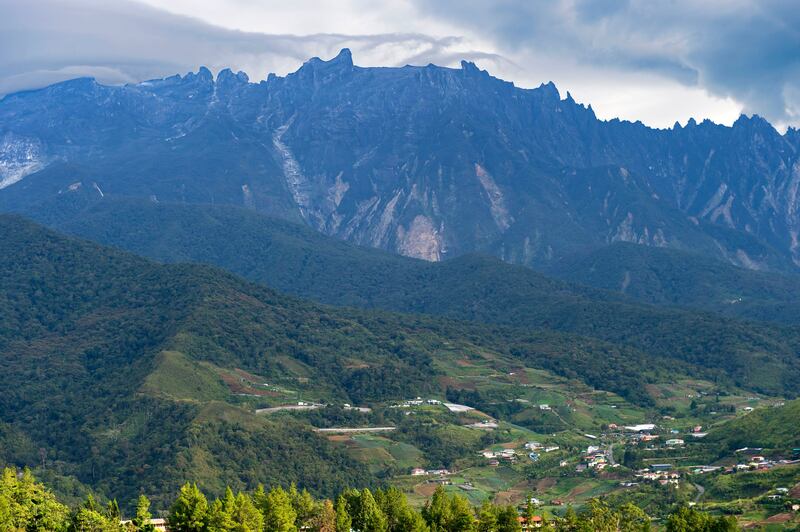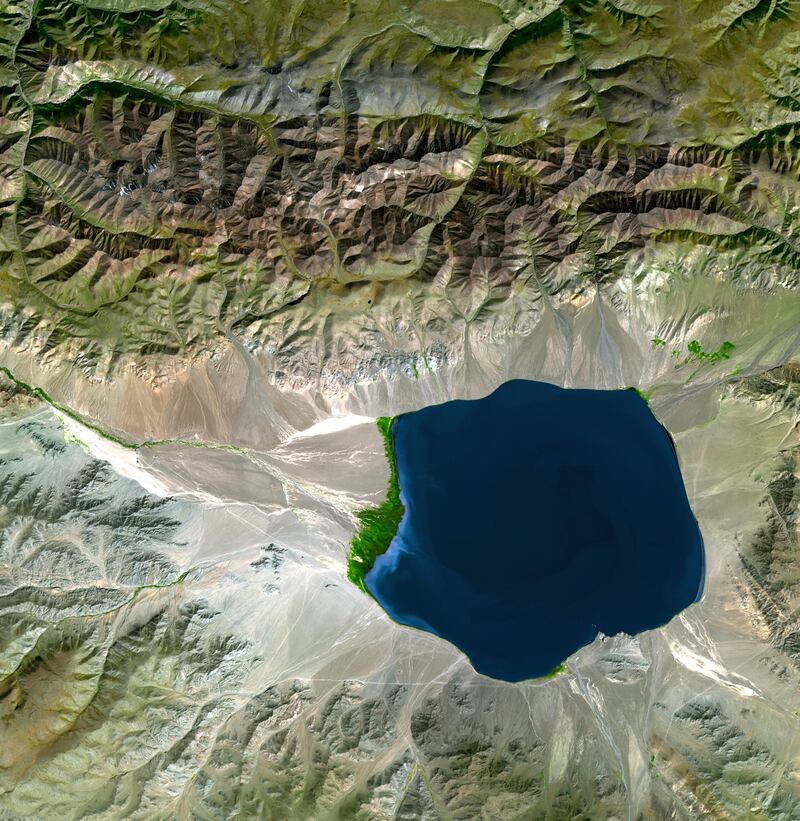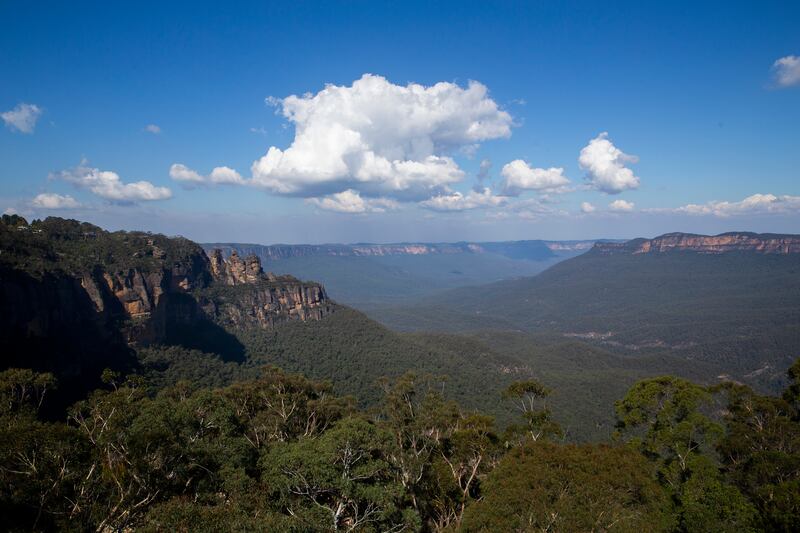Forests in at least 10 World Heritage sites have been emitting more carbon dioxide over the past two decades than they absorb, a UN-backed study said.
Climate change, deforestation for agriculture, logging and wildfires are among the main reasons that have weakened the Unesco forest carbon, according to the joint report by the Switzerland-based International Union for Conservation of Nature and Unesco.
The report assessed for the first time forest greenhouse gas emissions within all 257 natural and mixed Unesco world heritage sites in the period 2001-2020.
The 10 sites that were net sources of carbon were the Tropical Rainforest in Sumatra; the Río Platano Biosphere Reserve in Honduras; Grand Canyon National Park and Yosemite National Park in the United States: Waterton Glacier International Peace Park in Canada and the US; the Barberton Makhonjwa Mountains in South Africa; Kinabalu Park in Malaysia; the Uvs Nuur Basin in Russia and Mongolia; the Greater Blue Mountains area of Australia; and Morne Trois Pitons National Park in Dominica.
They accounted for nearly 5.5 million tonnes of net carbon emissions. The most impactful was the Tropical Rainforest in Sumatra, which removed about 1.2 million tonnes from the atmosphere, but released another 4.2 million – making for net emissions of about 3 million tonnes. That was from a combination of logging and wood harvesting, as well as the impact of agriculture, the study found.
In the United States, Yosemite generated a net of approximately 700,000 tons of carbon, largely due to a bout of devastating wildfires in the area in recent years.
“All forests should be assets in the fight against climate change,” Tales Carvalho Resende, a co-author of the report who works at the UN agency based in Paris, told AP.
“Our report’s finding that even some of the most iconic and best protected forests, such as those found in World Heritage sites, can actually contribute to climate change is alarming.”
The study was based on information collected through on-site monitoring and from satellites. It offered three solutions to protect the forests and maintain their roles as carbon sinks for future generations.
"Rapidly and effectively responding to climate-related events such as wildfires; maintaining and strengthening ecological connectivity through improved landscape management; and integrating the continued protection of World Heritage sites into international, national and local climate, biodiversity and sustainable development agendas," it said.
Forests play an important role in the global carbon cycle.
On average, forests in natural and mixed Unesco World Heritage sites have absorbed approximately 190 million tonnes of carbon dioxide from the atmosphere annually since the year 2000.
Mr Resende pointed to four “really huge wildfires” over the past decade at World Heritage sites.
“World Heritage sites serve as a laboratory – as observatories for environmental changes,” he said.
“What is happening at World Heritage sites is just the tip of the iceberg … in terms of emissions, it represents only a small portion of the whole picture.”
This net CO2 removal by forests is equivalent to roughly half of the United Kingdom’s annual CO2 emissions from fossil fuels in 2019.
The study came as world leaders gather in the Scottish city of Glasgow starting this weekend for a key UN climate conference known as Cop26.
